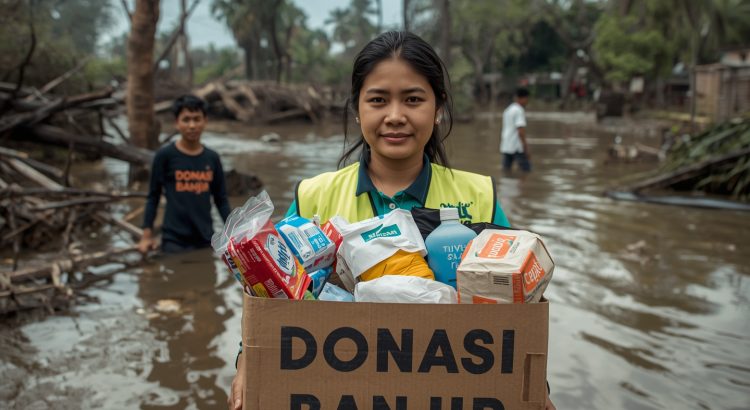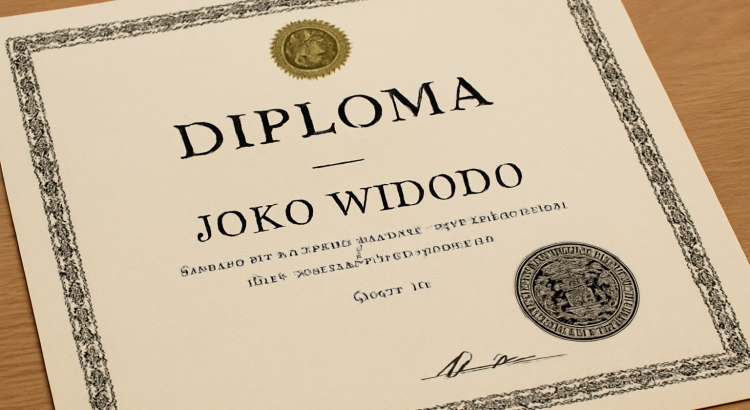isasevent – Buku mimpi togel masih relevan? Pertanyaan ini terus muncul seiring berkembangnya dunia togel yang kini dipenuhi data, statistik, …

Petunjuk & Info Event Viral

isasevent – Buku mimpi togel masih relevan? Pertanyaan ini terus muncul seiring berkembangnya dunia togel yang kini dipenuhi data, statistik, …

isasevent.com – Mengapa hasil togel sulit diprediksi? Pertanyaan ini sering muncul karena banyak orang berusaha membaca arah angka, namun hasilnya …

isasevent – Pasaran Togel Itu Apa? Pasaran togel adalah kategori “market” keluaran angka yang membedakan hasil berdasarkan nama pasaran, jadwal …

isasevent.com – Bagaimana seni tato Dayak berkembang? menjadi pertanyaan menarik karena tato bagi masyarakat Dayak berfungsi sebagai bahasa visual yang …

isasevent – Banjir yang melanda berbagai wilayah di Indonesia baru-baru ini menimbulkan perhatian besar dari masyarakat, tidak hanya terkait dengan …

isasevent – Dalam beberapa tahun terakhir, isu mengenai keaslian ijazah Presiden Joko Widodo (Jokowi) telah menjadi topik hangat yang selalu …

isasevent – Presiden Korea Utara sangat diktator memengaruhi hampir setiap aspek kehidupan warganya, termasuk cara teknologi dan digitalisasi berkembang di …

isasevent – Harga BTC menurun hari ini menjadi topik hangat yang langsung menyita perhatian pengamat blockchain, trader pemula, hingga investor …
isasevent – Prabowo lanjutkan makan bergizi gratis menjadi salah satu topik paling hangat dalam dunia kebijakan publik dan teknologi. Program …

isasevent – Bantengan Seni Budaya Asal Jawa Timur yang Unik dan Penuh Makna. Bantengan adalah seni budaya yang berasal dari …